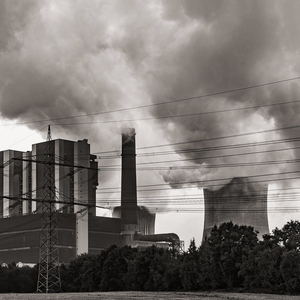
Carbon offsets are defined by the U.S. Government Accountability Office as “reductions of greenhouse gas emissions from an activity in one place to compensate for emissions elsewhere.” In a typical situation, if you create half a ton of carbon emissions flying to Paris, you can pay for someone to plant trees somewhere that will someday absorb the equivalent carbon. They have been controversial forever; back in 2007, Dennis Hayes of the Bullitt Foundation told Andy Revkin of the New York Times:
“The worst of the carbon-offset programs resemble the Catholic Church’s sale of indulgences back before the Reformation. Instead of reducing their carbon footprints, people take private jets and stretch limos, and then think they can buy an indulgence to forgive their sins.”
Other skeptics
Offsets are invested in carbon dioxide reduction (CDR) programs that range from planting trees to building renewable power to direct air capture (DAC). The Biden administration recently invested $1.2 billion in a controversial DAC project that Jonathan Foley of Project Drawdown calls “a fig leaf for the fossil fuel industry … the idea that we can keep burning stuff and remove it later.”
Adding to the offset fire is Joseph Romm, a physicist and author now with the Penn Center for Science, Sustainability and the Media, who has just released a white paper titled “Are carbon offsets unscalable, unjust, and unfixable—and a threat to the Paris Climate Agreement?” He claims that there are problems with every major offset program.
Romm writes that renewable energy has become so cheap that projects would have been built whether they generate offsets or not, so there is no “additionality.” The European Commission noted that, “Most energy-related project types—wind, hydro, waste heat recovery, fossil fuel switch, and efficient lighting—are unlikely to be additional, irrespective of whether they involve the increase…
Weekly Newsletter
Get building science and energy efficiency advice, plus special offers, in your inbox.

This article is only available to GBA Prime Members
Sign up for a free trial and get instant access to this article as well as GBA’s complete library of premium articles and construction details.
Start Free TrialAlready a member? Log in














0 Comments
Log in or become a member to post a comment.
Sign up Log in